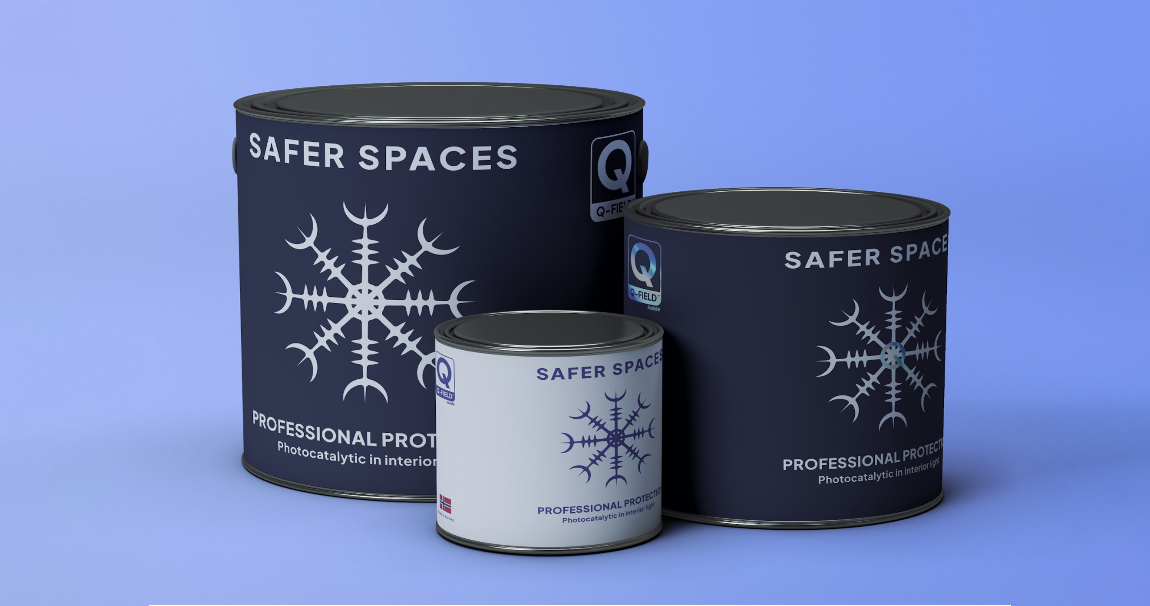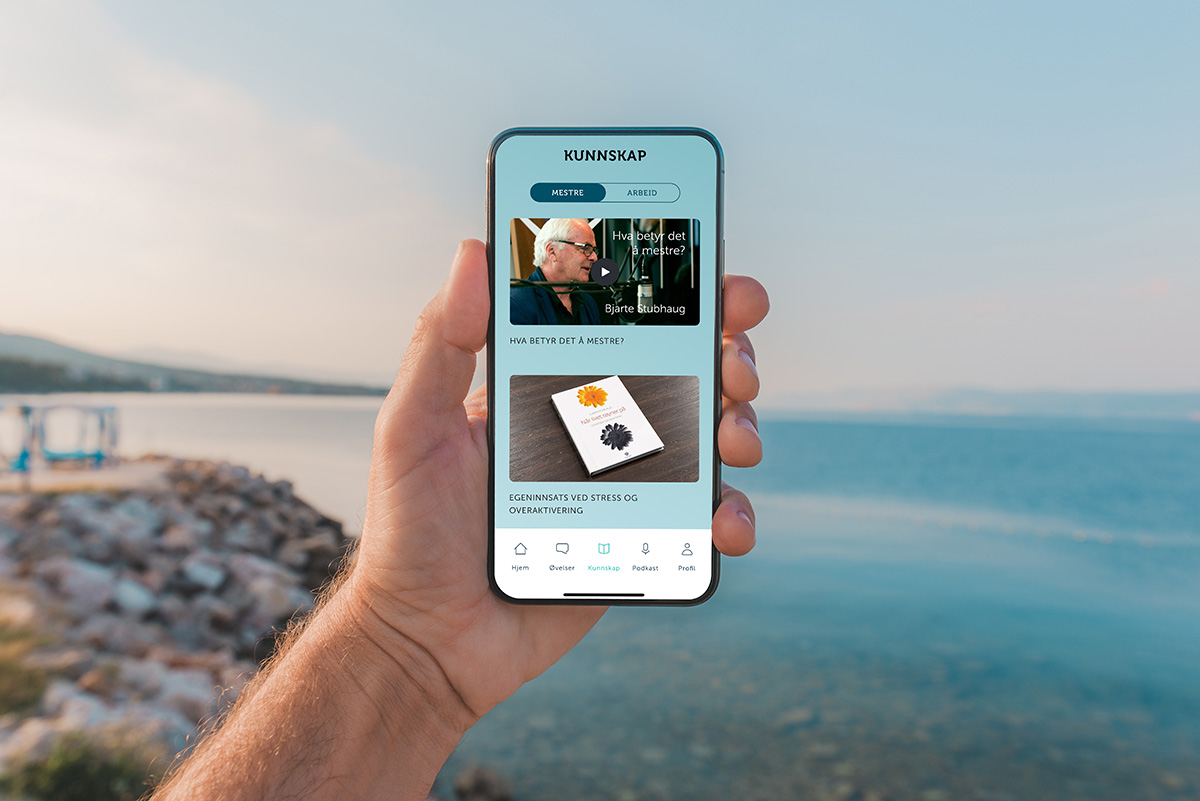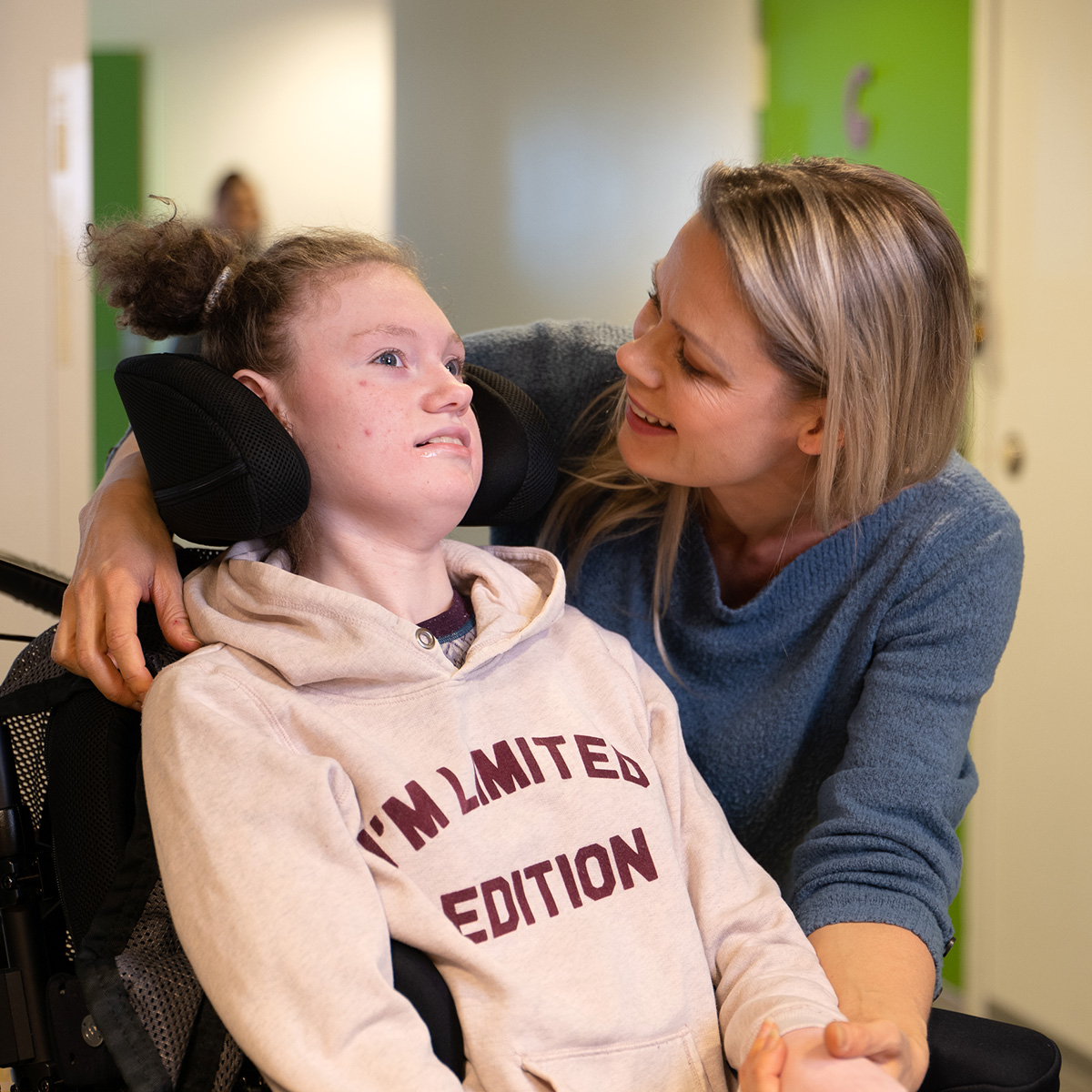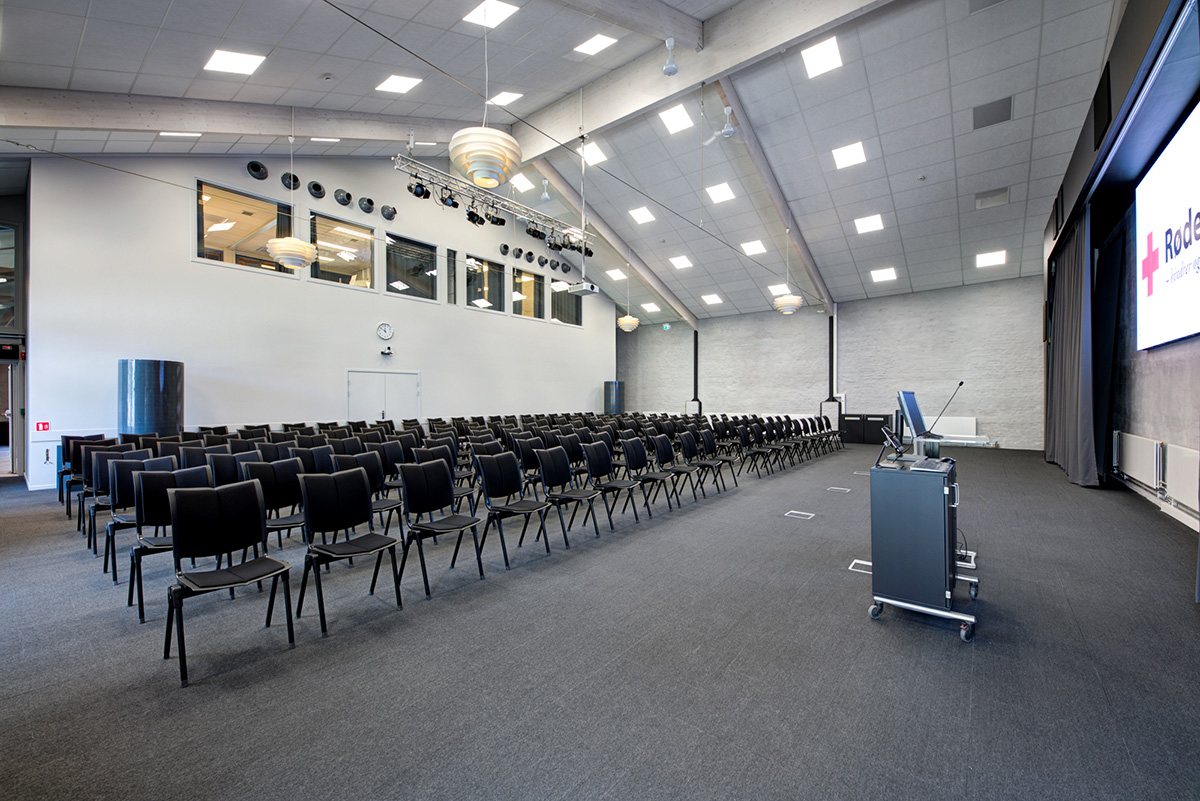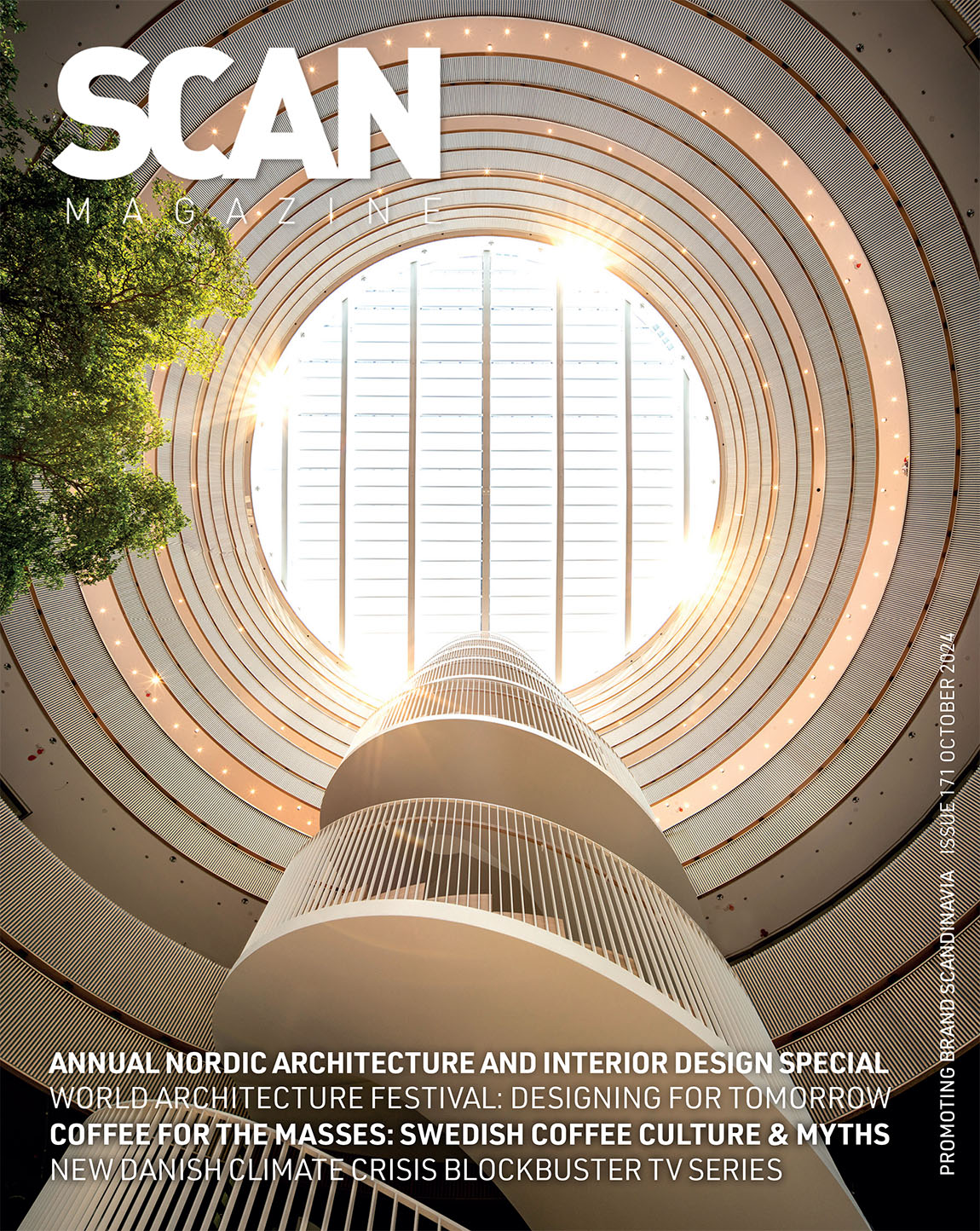Grønt fra laks: Vertically grown super food
By Alyssa Nilsen | Photos: Marius Johansen
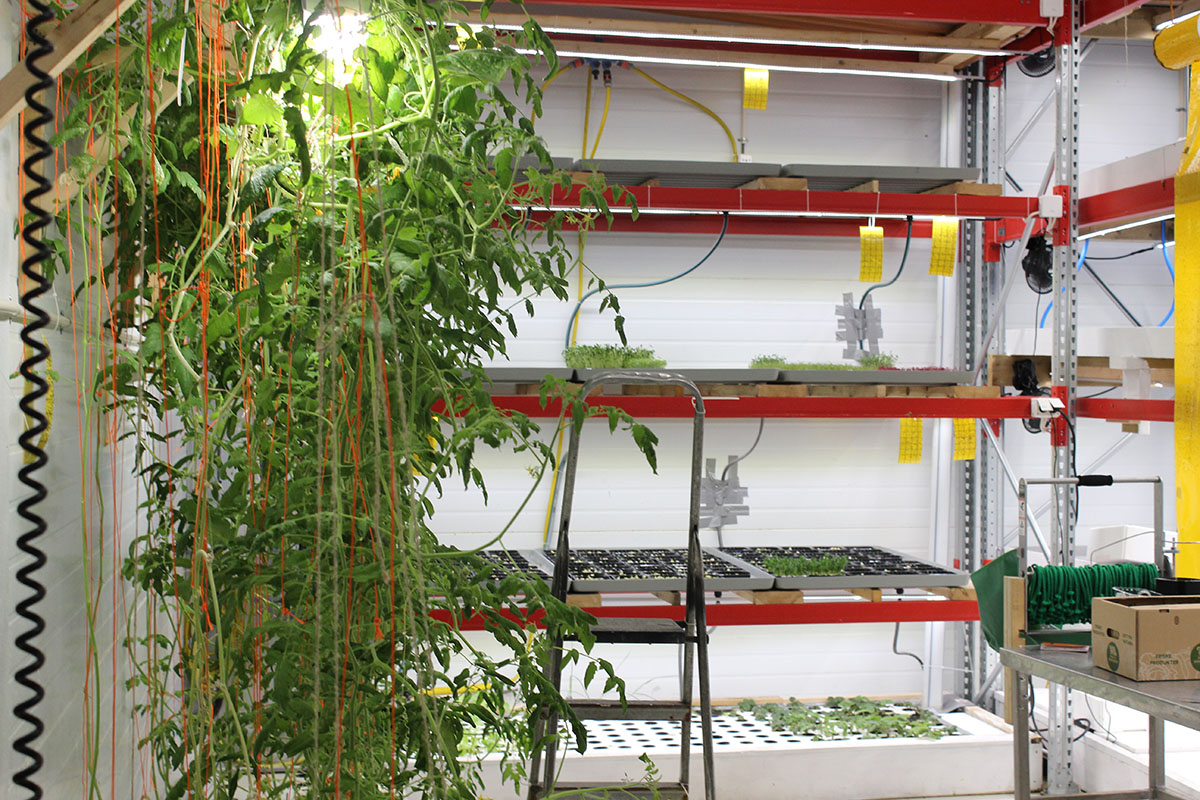
Sustainably growing enough healthy food is a global challenge, and new ways of thinking and methods of cultivating are crucial steps towards the future. Vertical farming is one of the solutions to growing plant-based foods quickly, with less water, space, energy and ecological impact.
Norwegian company Grønt fra laks is one of the companies developing this technology and method further. Where most vertical farmers use artificial fertiliser, Grønt fra Laks has chosen to tap into a neglected source of organic fertiliser: fish sludge – or, salmon faeces.
“Each year, one million tonnes of fish sludge is produced at Norwegian land-based fish farms,” says COO Marius Johansen. “But in Norway, the sludge is not being used for anything sustainable. Fish sludge from open fish farms goes back into the ocean, where it over-fertilises the ocean floor. The sludge that ends up on land is shipped abroad to countries that do use it as fertiliser.”
Grønt fra laks has invented a brand-new method of utilising the sludge in vertical farming: a hybrid between hydroponics and aquaponics. Seedlings are planted on cellulose mats and rockwool cubes, and plants grow in water rather than the traditional soil. This allows for a stacking system where plants are grown in racks eight shelves high.
“A commercial 250-square-metre greenhouse will have a cultivation area of about 1,250 square metres,” Johansen says. “Since we stack our production, we have eight times the cultivation area.”
Nutritious water with fish sludge fertiliser is pumped through the system, constantly providing nutrients to the plants with very little water waste. This also allows for rapid growth in the plants. Sprouts, herbs and microgreens take between four and eight days from when the seeds are planted until they are delivered to customers. Larger greens, like lettuce, take approximately a month to grow. The rapid growth means that the nutritional value of the plants is higher than in traditionally grown greens, due to the nutrients in the seed not being consumed by the plants while growing.
Originally developed by NASA for use at space stations, hydroponics and aquaponics might prove to be key factors in solving world hunger and allowing sustainable farming in areas where traditional farming is challenging.
Located in the north of Norway, with its cold climate and long dark winters, Grønt fra laks benefits from this technology, providing healthy and sustainably grown greens to customers while driving the technology forward to benefit even more people.
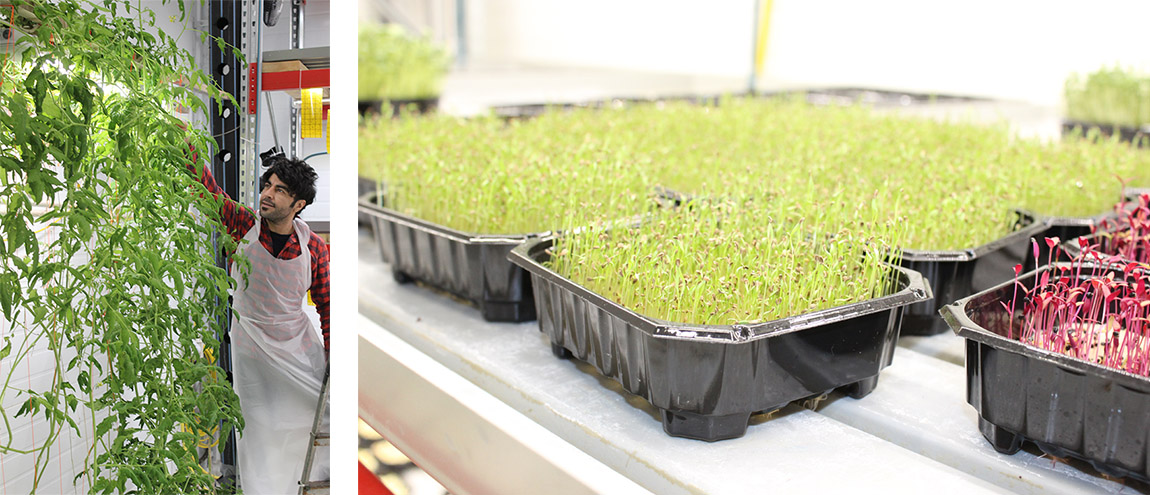
Left: CEO Morgan Horori looking at seedlings.
Web: www.grontfralaks.no
Subscribe to Our Newsletter
Receive our monthly newsletter by email

